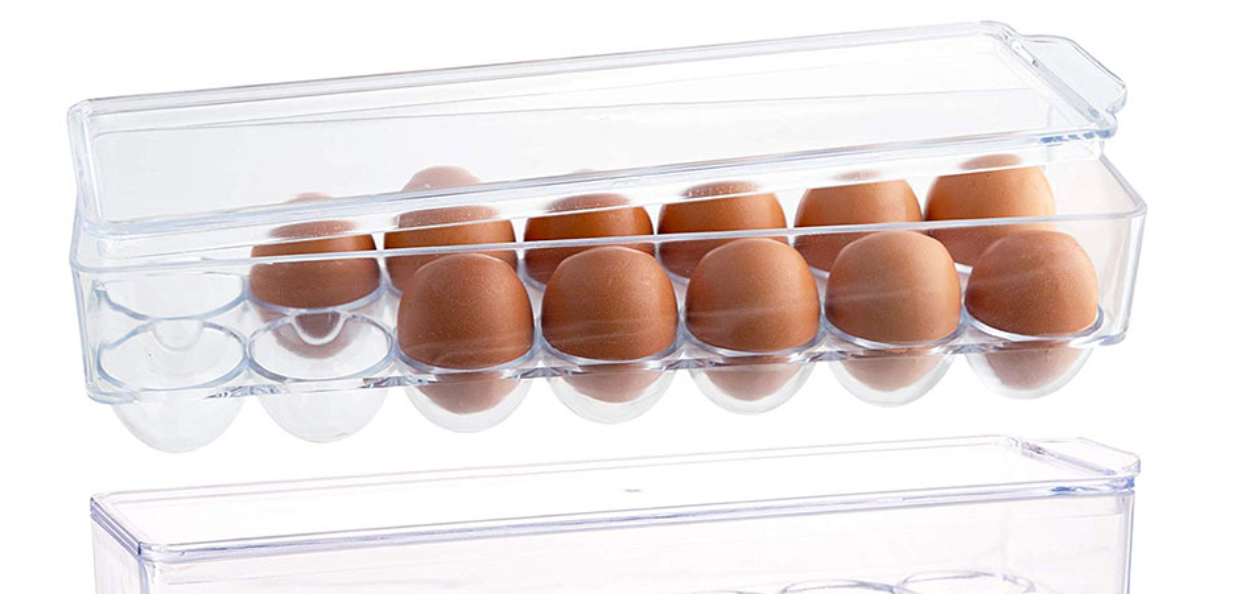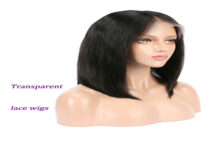The egg carton is a must-have for any kitchen. Without it, you won’t be able to keep your cooked eggs fresh and safe. But there are many types of egg cartons on the market today, each with its own features and benefits. How can you know which one is right for you?
Types of Egg Cartons
The main types of egg cartons available today include:
Styrofoam Egg Cartons
Styrofoam egg cartons are the most common type of egg carton available. They are made from styrofoam, which is a lightweight and inexpensive plastic material. Styrofoam egg cartons are usually white or blue, but some brands come in other colors as well. Styrofoam egg cartons are often used for shipping and storing eggs, but they’re not ideal for home use because they don’t keep eggs fresh and clean. They are lightweight, very affordable and easy to carry, but they also break down easily so it is important to recycle them after use.
Cardboard Egg Cartons
Cardboard egg cartons are made from recycled cardboard and can be reused several times before being recycled again. Cardboard is made from trees that absorb carbon dioxide from the atmosphere during photosynthesis, so these containers help reduce greenhouse gas emissions from the transportation industry by reducing fuel consumption. These containers have many advantages over Styrofoam containers including being recyclable and safer for the environment!
What to Look for in Egg Cartons
Here are some tips for finding egg cartons that will work well for you:
Size
You can buy eggs in single packs or large cartons. Some people prefer the convenience of having a few eggs on hand at all times, while others prefer to buy larger quantities of eggs and store them in their refrigerator or freezer until needed. If you have a small household, buying in bulk may be more cost-effective than buying single-egg packages each time you need some eggs.
Color coding
Older eggs are easier to peel than fresh ones because air can get inside them and make them less dense as they age. To help shoppers tell which cartons contain older eggs, some manufacturers use color coding on the packaging: light blue for fresh; dark blue or purple for extra-fresh; green or yellow for medium fresh; and white or brownish-white for older eggs.
Eco-friendly packaging
In recent years, many companies have been moving away from plastic and toward more sustainable packaging. This is good news for both the planet and your health, because plastic is not only damaging to the environment but may also contain harmful chemicals that could transfer into your food. If you’re looking for an eco-friendly alternative to plastic egg boxes, look for ones made from recycled paper pulp or plant-based material like sugar cane fibers.
Capacity
Some egg cartons contain as few as six eggs while others hold up to 18 or more eggs at once. If you’re planning on buying large quantities of eggs or storing them for long periods of time, opt for a larger unit so that you don’t have to buy several smaller ones at once — which will save money in the long run!
Conclusion
Different cartons will have different attributes. Some will be clear and some will be white. Some will have an even, solid color and others might include illustrations. However, the most important thing to consider when purchasing cartons is how well they prevent air from getting into the eggs, which in turn not only protects the eggs but extends their shelf life as well.
You want health and safety, so you ensure the carton is biodegradable or recyclable. It can save money in the long run by not letting your eggs break, or not having to discard half of them due to broken shells and poor packaging.









